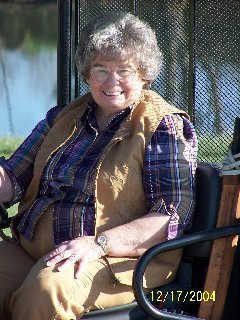Thanks to Karen Frailey, I found out the plant in our woods Sunday was Toothwort. The very next day Joe Crabb of Golconda sent a lovely photo of a flower from his woods and a little story about Cherokee Tears, a legend which various states on the Trail of Tears route credit to different plants on the Trail--supposedly planted there by the tears of the Cherokee as they passed by.
I got all excited and thought our flowers were some of the Illinois Cherokee Tears. But after opening the attachment of Joe’s photo, I saw his flower had five petals while the ones in our woods had only four. The color and blossoms resembled each other--but the leaves were radically different. So I still did not know the name of our flower.
I had gone back last night into the woods to get a fresh plant to press so I could show Karen exactly what ours looked like. Only one plant was at the spot where several were on Sunday (and I had only picked one), but then I found a new patch a little way away. I felt guilty Sunday even picking one flower because Bruce Beasley taught me to leave wild flowers alone--but I think he meant not to dig them up, and I did not.
Oddly, in the Sunday spot, however, now there was some of Joe's Cherokee Tears with the five petals. The flowers of both plants were closed last evening as it was almost after dark, but I put them both in the dictionary to press to send Karen, but now I don't have to, because today Karen sent Joe and me these two websites:
http://www.illinoiswildflowers.info/woodland/plants/spring_beauty.htm and
http://www.usi.edu/science/biology/twinswamps/Dentaria_laciniata.htm.
The answer was clear. Joe’s “Cherokee Tears” were Spring Beauties, and my jagged- tooth leaved plant was Toothwort. And the second trip to the woods showed me we had both plants growing side by side as Karen said they often did.
Our Spring Beauties were whitish-pinkish as Joe's picture was. Not as pink as on the website, but Karen say they vary. Our Toothwort blossoms were about the same whitish-pinkish color as the Spring Beauties but definitely the same four-petals as the photo on the website. The leaves are so distinctive that they cannot be confused.
So then I had to look in dictionary and find out what this "wort" meant--old English word meaning "herb" or "plant." I definitely like the name "Spring Beauty" better than "Toothwort." Sounds too much like a cure for toothache.
The highways and byways in Southern Illinois are stunning with redbud abloom replacing the white blossoms on the now-greening pear trees. Where yellow daffodils lined one spot on a country road last week, there are now white narcissus instead. However, we still saw a few daffodils yesterday as Gerald and I drove to Hafer on an errand before the Johnston City softball game with Warren High School. Everything was so fresh and green that it was a beautiful drive on an early spring day.
Yorktown Virginia
-
On Sunday, after our museum day, Wesley and I drove to Yorktown Va. I am
so glad we ventured out looking for a waterfront on this trip. I had to
mercha...
3 years ago






